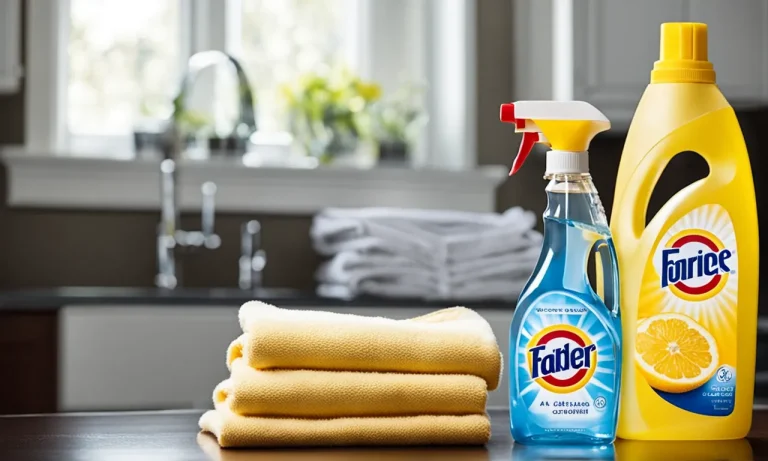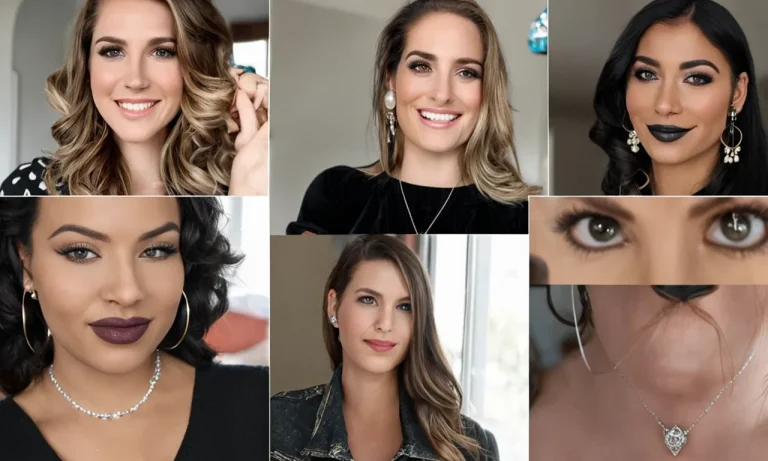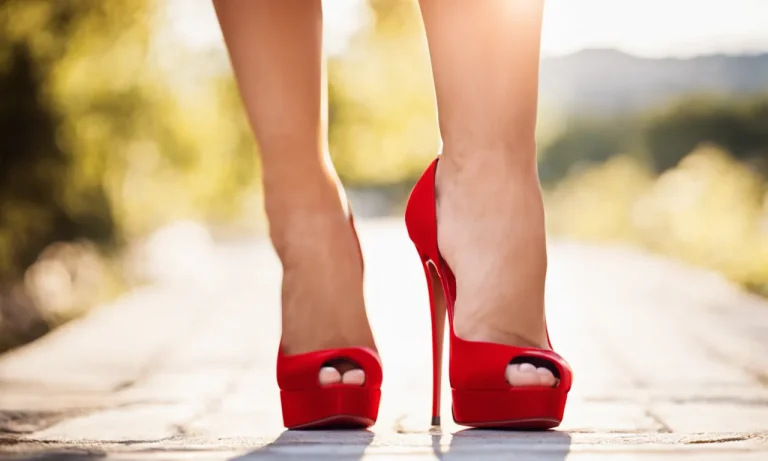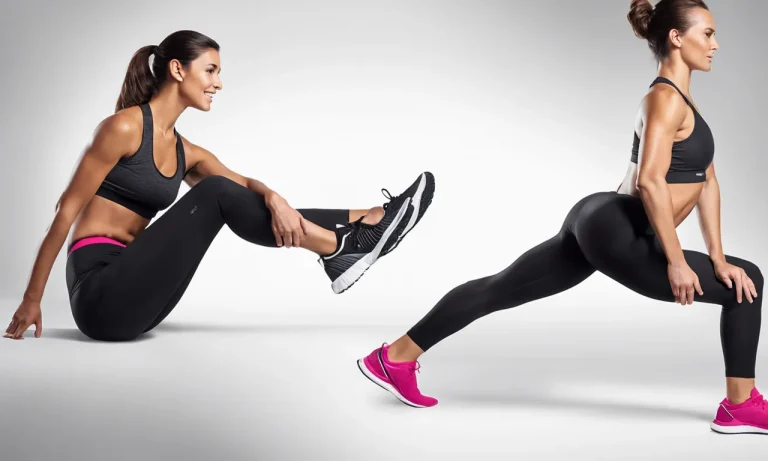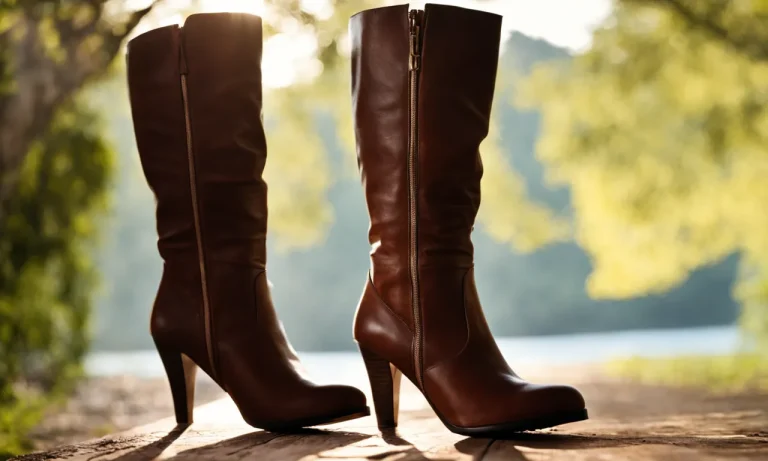Singer Needle Sizes And Uses: The Complete Guide
Whether you’re a beginner or a seasoned seamstress, having the right needle for your sewing project is crucial for getting optimal results. In this comprehensive guide, we’ll explore everything you need to know about Singer sewing machine needles – from needle systems, sizes, and uses to needle material and common sewing problems caused by needles.
If you need a quick answer, here are the key points about Singer needle sizes and uses: Singer uses 4 main needle sizing systems – 2020, 2045, 130/705H, and Microtex/Sharp. Needle sizes on Singer machines generally range from size 60 to 120.
Lower numbered needles are finer and are used for lightweight fabrics, while higher numbered needles are thicker and used for heavy fabrics like denim. Matching the needle size to your thread and fabric weight prevents skipped stitches, puckering, and needle breakage.
Understanding Singer Needle Sizing Systems
When it comes to sewing machines, choosing the right needle size is crucial for achieving optimal stitching results. Singer, a renowned brand in the sewing industry, has several needle sizing systems to cater to different sewing needs.
Understanding these systems will help you select the right needle for your projects.
2020 Needle System
The 2020 Needle System, also known as the Singer Needle System, is one of the most commonly used needle systems. It is compatible with most Singer sewing machines and is suitable for a wide range of fabrics and thread types.
The needle sizes range from 9 to 18, with lower numbers indicating finer needles for lightweight fabrics and higher numbers for heavier fabrics.
For example, if you are working with delicate fabrics such as silk or chiffon, a size 9 or 11 needle would be appropriate. On the other hand, if you are sewing denim or upholstery fabric, a size 16 or 18 needle would be more suitable to handle the thickness.
2045 Needle System
The 2045 Needle System is specifically designed for sewing machines that require a flat shank needle. It is commonly used in industrial sewing machines and some older models of Singer machines. The needle sizes for this system range from 9 to 21, with higher numbers indicating larger needle sizes for thicker fabrics.
It’s important to note that not all Singer machines use the 2045 Needle System, so it’s essential to check your machine’s manual or consult the manufacturer’s website for compatibility.
130/705H Needle System
The 130/705H Needle System is a universal needle system used by many sewing machine brands, including Singer. The “H” in the system name stands for “household,” indicating that it is suitable for household sewing machines.
The needle sizes range from 8 to 18, with lower numbers for lightweight fabrics and higher numbers for heavier fabrics.
This needle system is compatible with a wide variety of fabrics, including cotton, polyester, rayon, and blends. It is a versatile option for everyday sewing projects, from garment construction to quilting and home decor.
Microtex/Sharp Needle System
The Microtex/Sharp Needle System is designed for precision stitching and is ideal for working with tightly woven fabrics, such as silk, microfiber, or cotton poplin. These needles have a slim, sharp point that allows them to penetrate the fabric with ease, reducing the risk of snags or skipped stitches.
These needles are available in sizes ranging from 60 to 100, with lower numbers for lightweight fabrics and higher numbers for heavier fabrics. It’s important to select the appropriate needle size based on the fabric’s thickness to ensure clean, precise stitches.
Remember, using the correct needle size is essential for achieving professional-looking results in your sewing projects. If you are unsure about the needle size to use, consult your sewing machine’s manual or seek advice from a knowledgeable sewing professional. Happy stitching!
Singer Needle Sizes and Recommended Uses
Size 60-70 Needles
Size 60-70 needles are the finest needles available for sewing machines. These needles are commonly used for lightweight fabrics such as silk, chiffon, and organza. Their small size allows them to create delicate and precise stitches without damaging the fabric.
If you’re working on a project that requires intricate details or fine embroidery, using a size 60-70 needle will give you the best results.
Size 75-90 Needles
Size 75-90 needles are considered medium-sized needles and are suitable for most general sewing projects. They can be used for a wide range of fabrics, including cotton, linen, polyester, and denim. These needles are versatile and can handle both lightweight and medium-weight fabrics.
Whether you’re sewing garments, home decor items, or quilts, using a size 75-90 needle will ensure smooth and even stitches.
Size 100-110 Needles
Size 100-110 needles are larger needles that are designed for heavy-duty sewing. They are ideal for sewing thick fabrics such as canvas, upholstery, and leather. These needles have a sharp point and a strong shaft, allowing them to penetrate multiple layers of thick fabric without breaking.
If you’re working on projects that require extra strength and durability, such as bags or outdoor furniture upholstery, using a size 100-110 needle is recommended.
Size 120 Needles
Size 120 needles are the largest and strongest needles available for sewing machines. They are specifically designed for sewing extremely thick and heavy materials, such as multiple layers of denim or leather.
These needles have a thick shaft and a sharp point that can easily pierce through tough fabrics. If you’re working on heavy-duty projects that require maximum strength, such as making belts or repairing heavy-duty equipment, using a size 120 needle is essential.
It’s important to note that these recommended uses are general guidelines, and the appropriate needle size may vary depending on factors such as fabric thickness, thread type, and sewing machine model. Always refer to your sewing machine’s manual for specific needle recommendations.
Choosing the Right Needle for Your Fabric
When it comes to sewing, one of the most important factors to consider is choosing the right needle for your fabric. Using the wrong needle can result in skipped stitches, fabric damage, and frustration.
To ensure successful and smooth stitching, it’s essential to understand which needle size is suitable for different types of fabrics.
Lightweight Fabrics
For lightweight fabrics such as silk, chiffon, and organza, it’s best to use a fine needle. A needle size between 9 and 11 is ideal for these delicate fabrics. The fine needle will prevent any puckering or snagging, resulting in beautiful and seamless stitches.
Remember to always test the needle on a scrap piece of fabric before starting your project.
Medium Weight Fabrics
Medium weight fabrics like cotton, linen, and flannel require a slightly larger needle size. A needle size between 12 and 14 will work well for these fabrics. The slightly larger needle will provide enough strength to penetrate the fabric without causing any damage.
This will ensure that your stitches are secure and durable.
Heavyweight Fabrics
When working with heavyweight fabrics such as denim, canvas, or upholstery fabric, a larger and stronger needle is necessary. A needle size between 16 and 18 is recommended for these types of fabrics. The larger needle will be able to handle the thickness and density of the fabric, allowing for smooth and even stitches.
Specialty Needles for Special Fabrics
There are also specialty needles available for specific fabrics. For example, when sewing with knits, stretch needles are designed to prevent skipped stitches and fabric damage. Leather needles have a cutting point and are suitable for leather and faux leather materials.
Metallic needles are used for sewing metallic threads and fabrics. It’s important to choose the appropriate specialty needle based on the fabric you are working with to achieve the best results.
Remember, using the correct needle size for your fabric is crucial for achieving professional-looking results. If you’re unsure about which needle to use, consult your sewing machine’s manual or seek advice from a professional. Happy stitching!
Singer Needle Materials: What You Need to Know
When it comes to sewing, the type of needle you use can have a significant impact on the outcome of your project. Singer, one of the leading brands in the sewing industry, offers a wide range of needle materials to suit various fabric types and sewing techniques.
Understanding the different needle materials available can help you choose the right needle for your specific needs.
Standard Nickel-Plated Needles
The standard nickel-plated needles are the most commonly used needles for general sewing purposes. These needles are made from hardened steel and are coated with a thin layer of nickel to increase their durability. They are suitable for a wide range of fabrics, including woven and knit fabrics.
Ballpoint Needles
Ballpoint needles, also known as jersey needles, are designed specifically for sewing on knit fabrics. Unlike standard needles, ballpoint needles have a rounded tip that allows them to slip between the fabric’s fibers rather than piercing through them.
This helps prevent the fabric from getting damaged or snagged during sewing.
Stretch Needles
Stretch needles are specially designed for sewing on stretchy fabrics, such as spandex or lycra. These needles have a deeper scarf (the indentation above the eye of the needle) and a specially designed eye to prevent skipped stitches and fabric puckering.
They are a must-have for anyone working with stretch fabrics.
Leather Needles
Leather needles, as the name suggests, are intended for sewing on leather and other heavy-duty materials. These needles have a sharp and triangular point that easily pierces through thick and tough fabrics.
They are also stronger and more durable compared to standard needles, allowing them to withstand the demands of sewing leather.
Other Specialty Needles
Singer also offers a range of other specialty needles for specific sewing tasks. These include embroidery needles for decorative stitching, quilting needles for quilting projects, and topstitch needles for creating precise and neat topstitching.
These specialty needles are designed to meet the unique requirements of each sewing technique.
It’s important to note that while Singer needles are designed for use with Singer sewing machines, they can also be used with other brands of sewing machines. However, always check your sewing machine’s manual for compatibility before using any needle.
For more detailed information on Singer needle materials and their uses, you can visit the official Singer website at www.singer.com.
Troubleshooting Singer Needle Problems
Skipped Stitches
One common problem that sewers may encounter with Singer needles is skipped stitches. This can be frustrating and can result in uneven or incomplete stitching. There are a few possible causes for skipped stitches, including using the wrong needle size for the fabric being sewn or a dull or damaged needle.
It is important to ensure that you are using the correct needle size for your project. Singer needles come in various sizes, ranging from 9 to 18, with lower numbers indicating finer needles and higher numbers indicating larger needles.
If you are unsure which size to use, consult your sewing machine manual or the Singer website for guidance.
If you are using the correct needle size and still experiencing skipped stitches, it may be time to replace your needle. Needles can become dull or damaged over time, especially if you are working with heavy or dense fabrics.
A fresh, sharp needle can make a world of difference in your stitching results.
Thread Breaking
Another common issue that sewers may face is thread breaking while using Singer needles. This can be frustrating and can result in unfinished projects. There are a few possible causes for thread breaking, including using the wrong needle type or size, using low-quality or old thread, or improper tension settings.
When using Singer needles, it is important to ensure that you are using the correct needle type for your fabric. Singer offers a variety of needle types, including universal, ballpoint, and stretch needles, each designed for specific fabric types.
Using the wrong needle type can cause excessive friction and lead to thread breakage.
Additionally, using low-quality or old thread can contribute to thread breakage. It is recommended to use high-quality thread that is appropriate for your project. If you are unsure about the quality or age of your thread, consider purchasing new thread for optimal results.
Lastly, improper tension settings can also cause thread breakage. Make sure that your sewing machine is properly threaded and that the tension is adjusted correctly for your fabric and thread combination. Consult your sewing machine manual or the Singer website for guidance on tension settings.
Needle Breakage
Needle breakage is a less common but still possible problem that can occur with Singer needles. Needle breakage can be dangerous and can cause damage to your sewing machine. There are a few potential causes for needle breakage, including using the wrong needle size or type, sewing over pins, or sewing through thick layers of fabric without proper support.
To avoid needle breakage, make sure that you are using the correct needle size and type for your fabric. Sewing over pins can also put unnecessary stress on the needle and increase the risk of breakage, so it is best to remove pins as you sew.
When working with thick fabrics or multiple layers, use proper support, such as a walking foot or a fabric stabilizer, to reduce the strain on the needle.
Fabric Puckering
Fabric puckering is another issue that sewers may come across when using Singer needles. Puckering refers to the wrinkling or gathering of fabric along the seam line, which can result in an unprofessional-looking finish.
There are a few potential causes for fabric puckering, including using the wrong needle size or type for the fabric being sewn, using improper tension settings, or not properly preparing the fabric before sewing.
To prevent fabric puckering, make sure that you are using the correct needle size and type for your fabric. Adjusting the tension settings on your sewing machine can also help reduce puckering. It is important to properly prepare your fabric before sewing by washing, ironing, and stabilizing it, if necessary.
If you are still experiencing fabric puckering, consider experimenting with different needle sizes or types to find the best match for your fabric. Additionally, consulting online sewing forums or the Singer website for troubleshooting tips and advice can be helpful in resolving this issue.
Conclusion
We’ve covered a lot of ground on Singer sewing machine needles! To recap, matching your needle size, type, and material with your thread weight and fabric type is key to avoiding problems like skipped stitches, breakage, or puckered seams.
Investing in a variety of quality Singer needles like Microtex Sharp for wovens or Stretch for knits will have you sewing like a pro in no time. Our comprehensive guide arms you with the knowledge to select the perfect needle for flawless sewing on any Singer machine.


